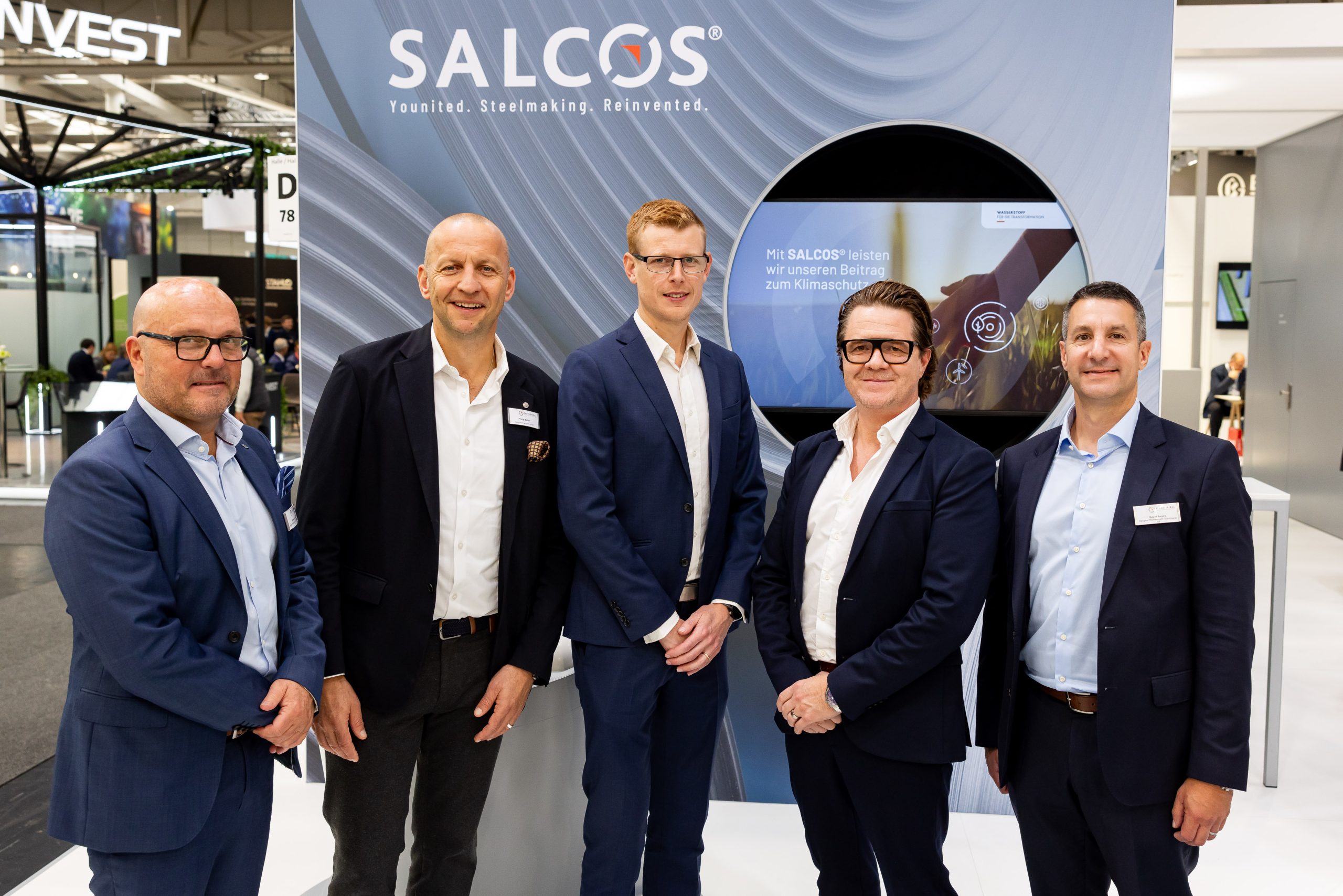The “green” steel produced in this way is used primarily for ventilation products such as air ducting systems and profiled construction products such as roof and facade cladding.
With the SALCOS® program, the Salzgitter Group is gradually converting its steel production to hydrogen-based processes. The aim is to achieve almost CO2-free production by 2033. To achieve this, the classic blast furnace route is being replaced by production processes using direct reduction and electric arc furnaces. Salzgitter Flachstahl is already able to supply its customers with CO2-reduced steel via the so-called Peiner Route. The crude steel is produced there from high-quality steel scrap in an electric arc furnace and cast into slabs, which are then processed in Salzgitter.
“Our ambition is to reach net-zero greenhouse gas emissions across the whole value chain by 2050 and we see Salzgitter as a contributing partner on our journey. By signing the MoU we want to acknowledge Salzgitter’s ambitions with the SALCOS® program and also include SALCOS® to our portfolio of CO2-reduced steel for future demands,” said Thommy Psajd, sourcing director, Lindab Steel AB.
“The MoU with Lindab is further proof that our SALCOS® program is the right approach to reducing the CO2 footprint of steel and that this is being recognized by the various customer groups. Interest in this climate-friendly steel among our customers and partners continues to grow, and we are pleased to be able to support them in the green transformation of their products,” said Phillip Meiser, sales director at Salzgitter Flachstahl GmbH.

